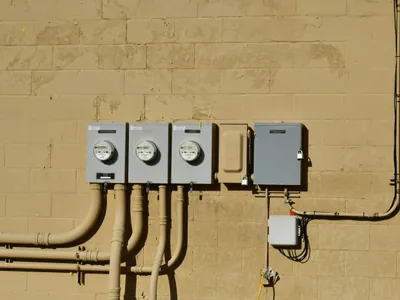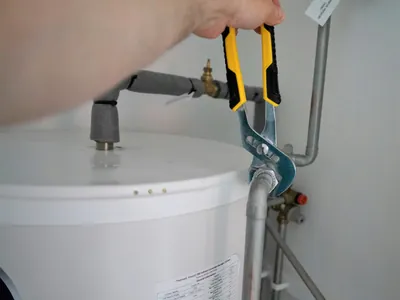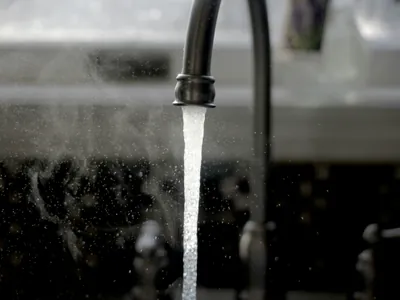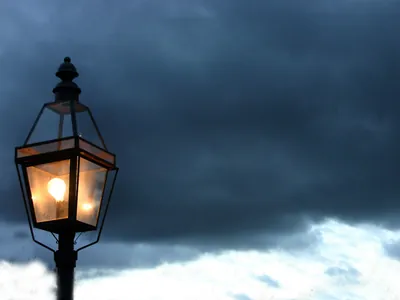Electrical Junction Box Installation: Safe Connections

Whenever electrical wires need to be connected to each other (spliced), they must be contained within a covered enclosure. This enclosure is called a junction box. Junction boxes are a fundamental safety requirement of the National Electrical Code (NEC), designed to protect wire connections from damage and contain any sparks or heat from a potential fault.
📜 The Golden Rule of Wire Splicing
All electrical wire splices must be made inside an approved, accessible junction box. It is a serious code violation and fire hazard to leave spliced wires exposed or buried behind drywall without a box.
🤔 Why are Junction Boxes so Important?
These simple boxes provide multiple layers of safety.
🔧 Key Installation Rules
Proper installation is critical for a junction box to be effective.
Code Requirements for Junction Boxes:
- Must be Accessible: A junction box can never be covered with drywall, plaster, or other finishes. You must always be able to remove the cover to access the wires inside.
- Must Have a Cover: Every junction box must be covered with a matching blank plate to fully enclose the connections.
- Must be Securely Mounted: The box must be firmly attached to a stud, joist, or other structural member.
- Use Cable Clamps: Where the wires enter the box, they must be secured with a cable clamp to prevent them from being pulled out.
- Don't Overfill the Box: The NEC limits the number of wires and devices that can be placed in a box of a certain size to prevent overcrowding and overheating.
Properly installing junction boxes is a fundamental skill for any electrical work. If you need to add a new light fixture, extend a circuit, or make any other wire connections, ensure it's done safely and to code. The Box Advantage Group can handle all your electrical wiring needs, guaranteeing every connection is secure and properly enclosed.


